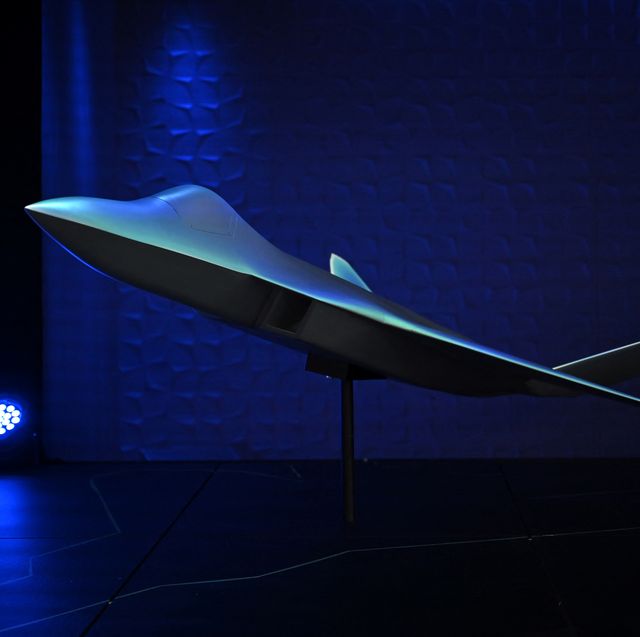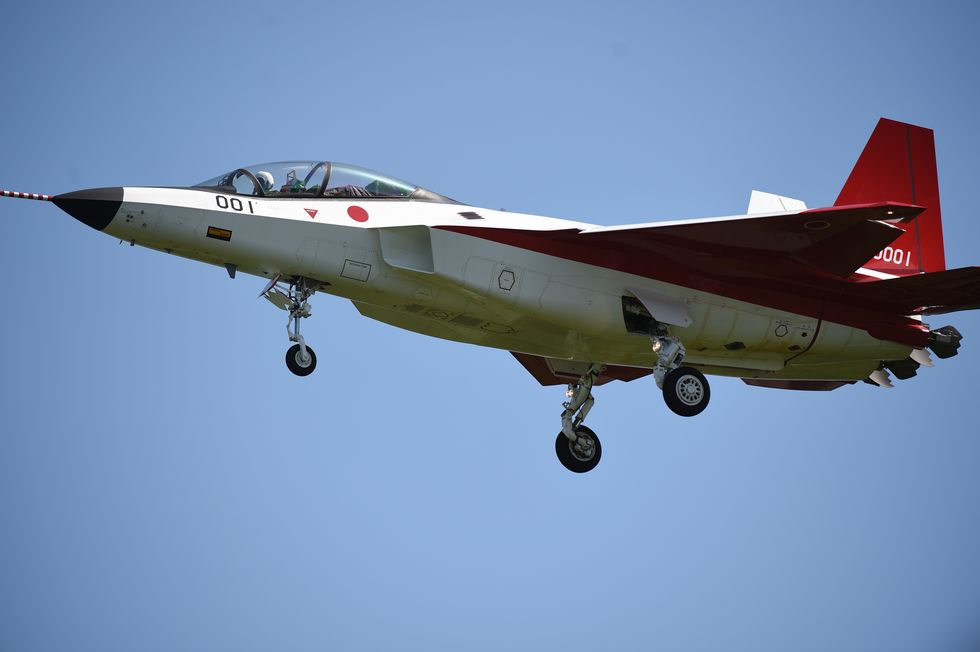- Japan and the United Kingdom have agreed to cooperate on the development of new fighter jets.
- The two countries have historically produced excellent fighters, but cost and a lack of recent additions to their portfolios have pushed them together.
- One report suggests the two countries will essentially fly the same airplane, with minor differences in design unique to each country.
Japan and the United Kingdom have agreed to work closely on next generation fighter jets, pooling their technology—and money—to get the biggest bang for their buck. Japan’s F-X program and the U.K.’s Tempest, both set to fly in the early 2030s, will be two of the world’s first sixth generation fighters. At least one report claims the two programs will produce a single fighter design, with minor differences built in to satisfy each country’s unique requirements.
The announcement was made this week at the air show in Farnborough, England. The U.K. first announced the Tempest fighter at Farnborough in 2018. Now, according to The Guardian, the first Tempest fighter will fly in five years. The fighter is meant to be a replacement for the Typhoon fighter, a 1980s design that, although effective, lacks stealth and other modern requirements.
Japan had originally planned to purchase the F-22 Raptor fighter to replace aging F-15s, but U.S. law forbids the transfer of the F-22 to other countries. Although Japan is buying more than 150 F-35 fighters, it still wants a dedicated air superiority fighter, and in 2016 flew the X-2 fighter technology demonstrator. This led to an effort to build a new air superiority jet, dubbed F3, with its first flight in 2028 and the fighter entering service in 2035.
The U.K. and Japan agreed to exchange information on their fighter programs in 2017, but it sounded like a fairly mundane agreement. This new agreement signals that the two sides either found working together mutually beneficial or that the U.K. and Japan are being pushed together by high development costs. The Guardian estimates the Tempest program will cost about $29 billion in U.S. dollars. In 2020, Forbes estimated the cost of the F3 program at $48 billion. In the case of Japan, the F3’s development will be the equivalent of Japan’s entire defense budget for one year.
Tempest is being developed by BAE Systems, with support from Leonardo and engines provided by Rolls-Royce. The F3 program is being led by Mitsubishi Heavy Industries, and while Lockheed Martin was originally tapped to assist, it now looks like the American defense behemoth is being frozen out of the program.
The Guardian report states that the two countries will closely cooperate, but a recent Reuters report goes even further, claiming that Japan and the U.K. were close to merging their separate programs to build a single airplane design, with minor differences for each country. Although possible, this could lead to complications: Japan wants a fighter optimized to fight other fighters, while the U.K. will more likely want an aircraft that can do both air-to-air and air-to-ground.
Japan and the U.K. have built some of the most famous fighter planes in history. Japan’s fighter industry peaked in World War II with the Mitsubishi Zero. After the war Japan mostly bought American fighters, though it did build the F1 and F2 locally produced fighters—the latter with the help of Lockheed Martin. The U.K. has built a long line of first-rate fighters stretching from World War I’s Sopwith Camel to today’s Eurofighter Typhoon.

Kyle Mizokami is a writer on defense and security issues and has been at Popular Mechanics since 2015. If it involves explosions or projectiles, he's generally in favor of it. Kyle’s articles have appeared at The Daily Beast, U.S. Naval Institute News, The Diplomat, Foreign Policy, Combat Aircraft Monthly, VICE News, and others. He lives in San Francisco.















